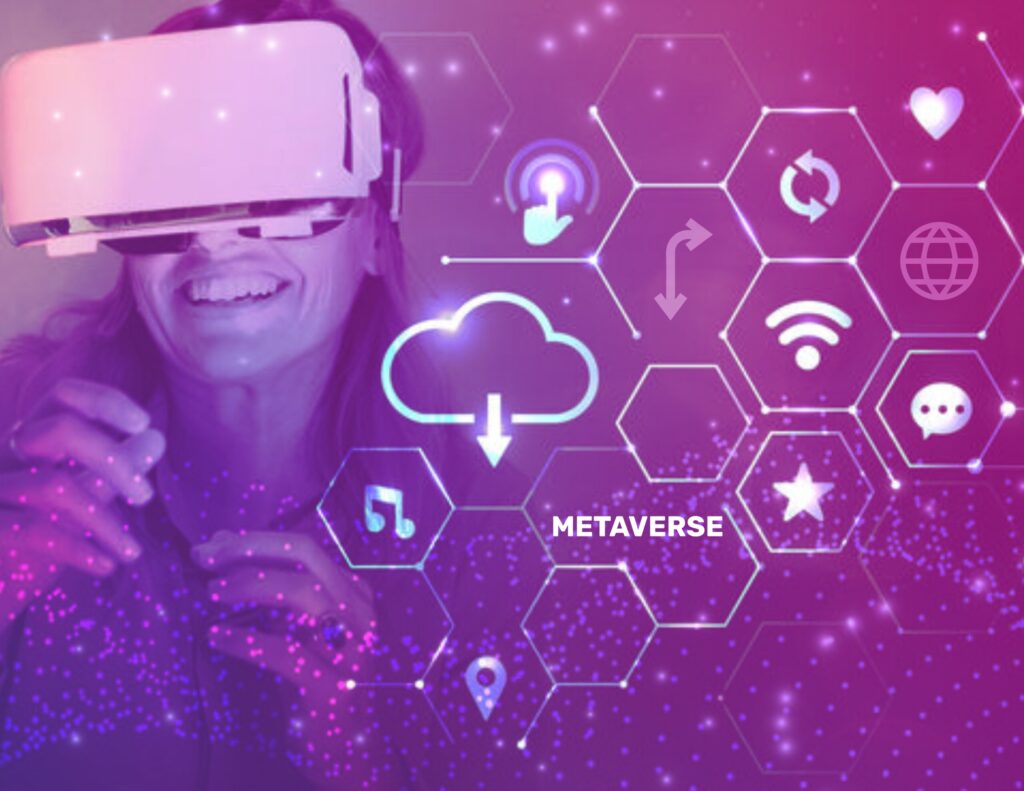2020 was a year of digital breakthrough. Organizations discovered all the potential that technology and software development had to carry out tasks faster, more productively, and at a lower cost due to the COVID-19 pandemic and its restrictions. In 2021, companies dug deeper into creative solutions to respond to market expectations regarding flexibility and speed in their integration. What’s next for technology in 2022? It is the consolidation of pandemic trends combined with quantum-leap advancements in other areas. Let’s review the five things we expect for technology in 2022:
1.- 3D printing finally takes the jump
3D printing promised a revolution in manufacturing, with many opportunities to produce designs that would have been prohibitively expensive. And they were, until now. Printers have allowed impressive advances in the biomechanical field and have permitted tools to be printed in places almost impossible to reach, like Antarctica.
Now, the technology is finally becoming cheap enough to begin mass-production of 3-D printers, opening a window to self-production in homes. This would make it possible to buy the designs and instructions for the elements and manufacture some products in the living room.
2.- Decision Intelligence
Decision intelligence is a discipline that combines machine learning and artificial intelligence to simplify decision support, decision management, and system applications. With the growing urgency to digitize and gain competitive advantages, decision intelligence is the missing link between data and better decision-making. Companies in financial services, healthcare, and supply chain are in dire need of reliable decision-making processes, and decision intelligence can enable them to get the most out of their data and optimize the potential of AI.
Is decision intelligence replacing human instinct? Although there is a good argument that this could be the case, the best counterfactual can be found in baseball. Major League teams now have analytics departments analyzing every move, pitch, and swing. However, World Champions Atlanta Braves have disclosed that the executives relied on their manager, a veteran of four decades in baseball, to make those decisions. The Braves are the best example of decision intelligence that can put aside bias while valuing human intuition, knowledge, and judgment.
3.- Privacy-Enhancing Computation
Privacy-enhancing computing (PEC) techniques aim to create a trusted environment to process or analyze sensitive data by operating with encrypted data rather than encrypting it while it is at rest or being transferred. This enables a safer way for data processing, sharing, and analytics. PEC is crucial to find a way to reassure both consumers and businesses that any data stored with them is safe.
This technology is becoming widely used to catch fraudsters by analyzing previous attacks’ behavioral patterns while ensuring the affected parties’ privacy.
4.- Cloud-native platforms
The past two years created new needs that have accelerated cloud adoption worldwide. Cloud-native technologies “empower organizations to build and run scalable applications in modern, dynamic environments such as public, private, and hybrid clouds. Containers, service meshes, microservices, immutable infrastructure, and declarative APIs exemplify this approach,” as defined by the Cloud-native Computing Foundation.
Cloud-native platforms will also play an essential role throughout 2022 in delivering capabilities anywhere. Gartner’s predictions suggest that cloud-native platforms will serve as the foundation for more than 95% of new digital initiatives in 2025, compared to less than 40% by the end of 2021.
5.- Virtualization and metaverse
During 2020 and 2021, we experienced the virtualization of our workplaces, as remote work took over during the pandemic. In 2022, we will begin to familiarize ourselves with “metaverses,” digital worlds that exist in parallel with our physical world. Meta’s Mark Zuckerberg presented a place that is just like a real-world where avatars do what we do, such as working, playing, and socializing. Metaverses will simulate the real world with increasing precision, allowing us to have more immersive experiences within the digital realm.


